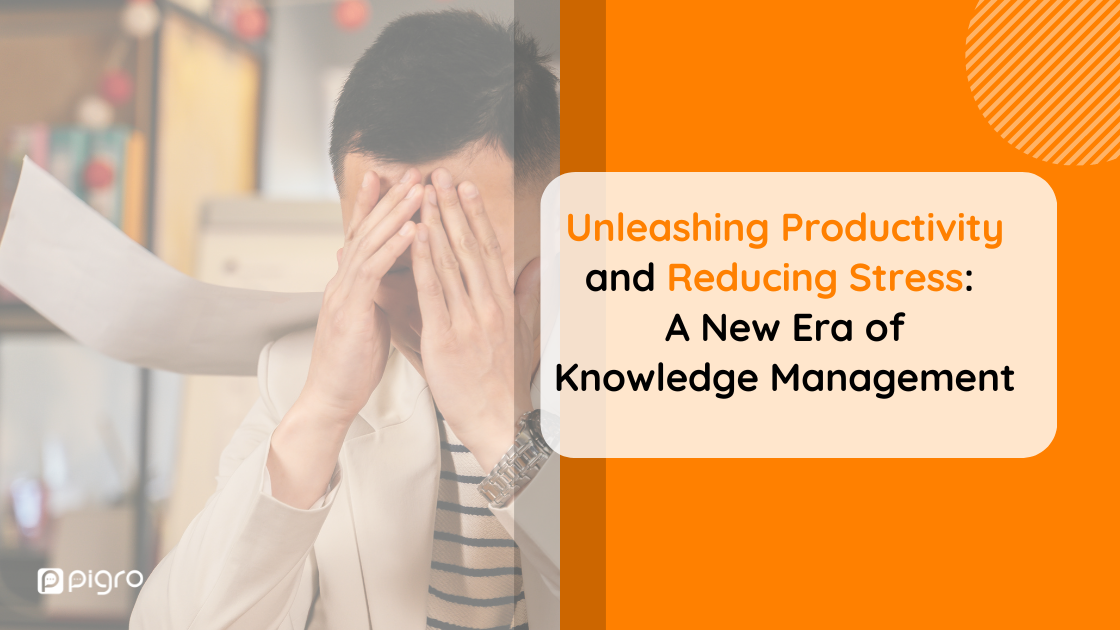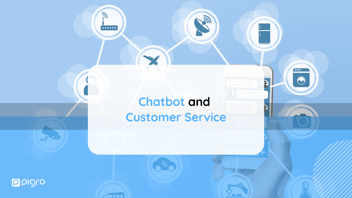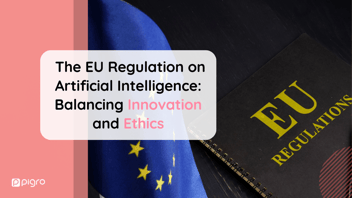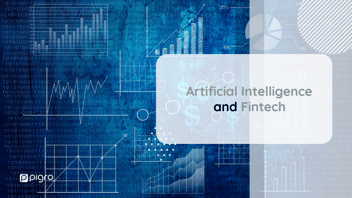In today's fast-paced workplace, knowledge is power. But what good is knowledge if it's scattered across multiple platforms, buried deep inside emails, or trapped within the minds of a few individuals? If your organization is struggling to keep up with the ever-increasing amount of information, and your employees are feeling overwhelmed and stressed, it's time to consider a game-changing solution.
A well-oiled knowledge management system should provide all employees with the right tools to help them do their jobs while making them more efficient, effective and productive overall. The key to implementing a KM strategy is to get employees to adopt and embrace the system.
The best way to achieve this is by making the system as simple as possible.
A KM system should be able to integrate into the workplace systems that employees already use.
This will save them time and eliminate the need for multiple searches.
It should also allow employees to ask questions, share information and contribute to the overall knowledge base. This will improve collaboration, reduce chat noise and enable employees to make more efficient use of time.
A KM system can also make it easier for workers to find the answers they need, without having to look through old files or inboxes. Having a single source of truth will prevent workers from spending valuable time chasing down information that they can find in the company's knowledge base.
A knowledge management system can also help to reduce customer support costs. A good KM system can make it easy to keep everyone up-to-date on new product changes or other important information. A KM system will allow employees to share information with other team members, which reduces the need for duplicate work and helps reduce the cost of employee retention.
A KM system can streamline employee onboarding and training. It can also enhance collaboration among team members, making it a must-have for any business.
Having a KM system in place will enable workers to ask questions, read about and contribute to the knowledge base, and learn from previous cases. The system will also allow employees to get answers to FAQs instantly.
The KM system can be implemented into the various stages of a project's lifecycle. Using a KM system can also help to identify and block documents that are in high demand. In addition, a KM team can measure and track the outputs of their efforts. They can also pinpoint bottlenecks and reroute flows of work.
In a large organization, hundreds of millions of documents are created each day. A KM system can be automated with machine learning. A machine-learning system can learn how to recognize patterns in the information and create a personalized, searchable database. A KM system can make your employees more efficient and reduce their stress levels.
Below are some important topics that you should consider:
- Knowledge Management Strategy
- Organizational Learning
- Decision-Making
- Productivity Improvement
- Employee Stress Reduction
1) Knowledge Management Strategy: Empowering Your Workforce
A robust knowledge management strategy lies at the core of Pigro.ai's success. By implementing a centralized platform, organizations can capture, organize, and disseminate knowledge effectively. No longer will vital information be siloed or lost in the shuffle. Instead, employees have instant access to the collective wisdom of their colleagues, enabling them to make informed decisions quickly and confidently.
2) Organizational Learning: A Continuous Process
An essential facet of Pigro.ai's approach is the emphasis on organizational learning. By encouraging employees to contribute their expertise, share best practices, and document lessons learned, Pigro.ai fosters a culture of continuous learning. As a result, your organization becomes a hub of knowledge, with employees constantly growing and evolving their skills.
3) Decision-Making: Empowered and Insightful
Good decision-making is the cornerstone of any successful organization. Pigro.ai equips employees with the tools they need to make better decisions, leveraging the wealth of collective knowledge available. By having access to past experiences, case studies, and expert advice, employees can confidently navigate complex challenges and drive better outcomes.
4) Productivity Improvement: Time Saved, Time Gained
One of the most significant benefits of implementing Pigro.ai is the substantial boost in productivity it provides. With streamlined access to information, employees spend less time searching for answers and more time focused on value-added tasks. The result? Increased efficiency and output, helping your organization achieve its goals faster and more effectively.
5) Employee Stress Reduction: Creating a Harmonious Workplace
Stress is a silent productivity killer. By simplifying knowledge access and reducing information overload, Pigro.ai helps alleviate the stress burden on employees. With a user-friendly interface and intelligent search capabilities, finding the right information becomes a breeze. This, in turn, contributes to a more harmonious work environment, fostering greater employee satisfaction and well-being.
Conclusion
As technology continues to evolve, organizations must adapt to remain competitive. With Pigro.ai, your organization can unlock the full potential of knowledge management, empowering your employees to excel, reducing stress, and ultimately driving success. Don't let valuable knowledge go to waste; take the first step in revolutionizing your workplace today.
Ready to experience the transformative power of Pigro.ai?
Contact us now and discover how our knowledge management solution can help your organization thrive in the digital age. Together, let's build a future where productivity and employee well-being go hand in hand.
See also:



